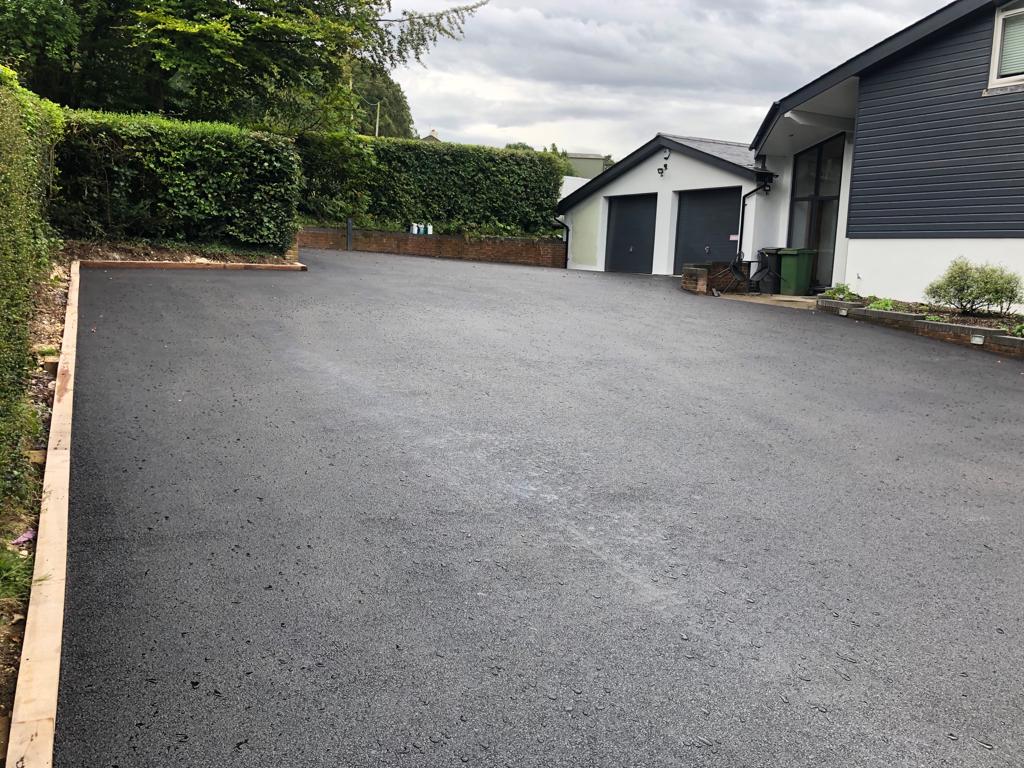Introduction: Potholes are a common nuisance on roadways, causing damage to vehicles and posing safety hazards for drivers and pedestrians. While pothole repair is necessary to address existing road defects, preventing potholes from forming in the first place is equally important. Proper grading plays a crucial role in maintaining road surfaces and preventing the formation of potholes. This blog post will explore the significance of proper grading in road maintenance and how it contributes to pothole prevention.
What is Grading?
- Grading refers to levelling and shaping the road’s surface to ensure proper drainage and structural integrity. It involves manipulating the slope and contours of the road to facilitate the efficient flow of water away from the surface, preventing pooling and water damage.
Importance of Drainage:
- Proper drainage is essential for preventing the formation of potholes. When water accumulates on the road surface due to inadequate drainage, it can penetrate the pavement layers, weakening the underlying structure and forming potholes. By ensuring that the road is graded correctly to promote water runoff, authorities can minimise the risk of pothole formation and prolong the road’s lifespan.
Slope and Crown:
- A key aspect of proper grading is establishing the correct slope and crown of the road. The road should be graded with a slight slope or crown, allowing water to drain efficiently towards the edges or designated drainage points. This prevents water from pooling in the centre of the road, where it can cause damage and erosion over time.
Effective Road Maintenance:
- Regular road maintenance, including grading and resurfacing, is essential for preserving the integrity of the road surface and preventing potholes. By addressing minor irregularities and wear early on, authorities can prevent more significant issues from developing and minimise the need for costly repairs in the future.
Strategic Road Design:
- In addition to proper grading, strategic road design is critical in pothole prevention. Factors such as road curvature, intersection design, and traffic patterns should be considered to minimise stress and wear on the road surface. Well-designed roads are less susceptible to pothole formation and require fewer maintenance interventions.
Collaboration and Planning:
- Effective pothole prevention requires collaboration and planning among various stakeholders, including road authorities, engineers, and contractors. By implementing comprehensive road maintenance plans that prioritise proper grading and drainage, communities can mitigate the risk of potholes and ensure the long-term sustainability of their road infrastructure.
Conclusion: Proper grading prevents potholes and maintains safe, durable road surfaces. By ensuring that roads are graded correctly to promote efficient drainage and structural integrity, authorities can minimise the risk of pothole formation and enhance their road networks’ overall quality and safety.
Call us on: 03 5609 3573
Click here to find out more about Bendigo Road Tech
Click here to complete our contact form and see how we can help with your road needs.

